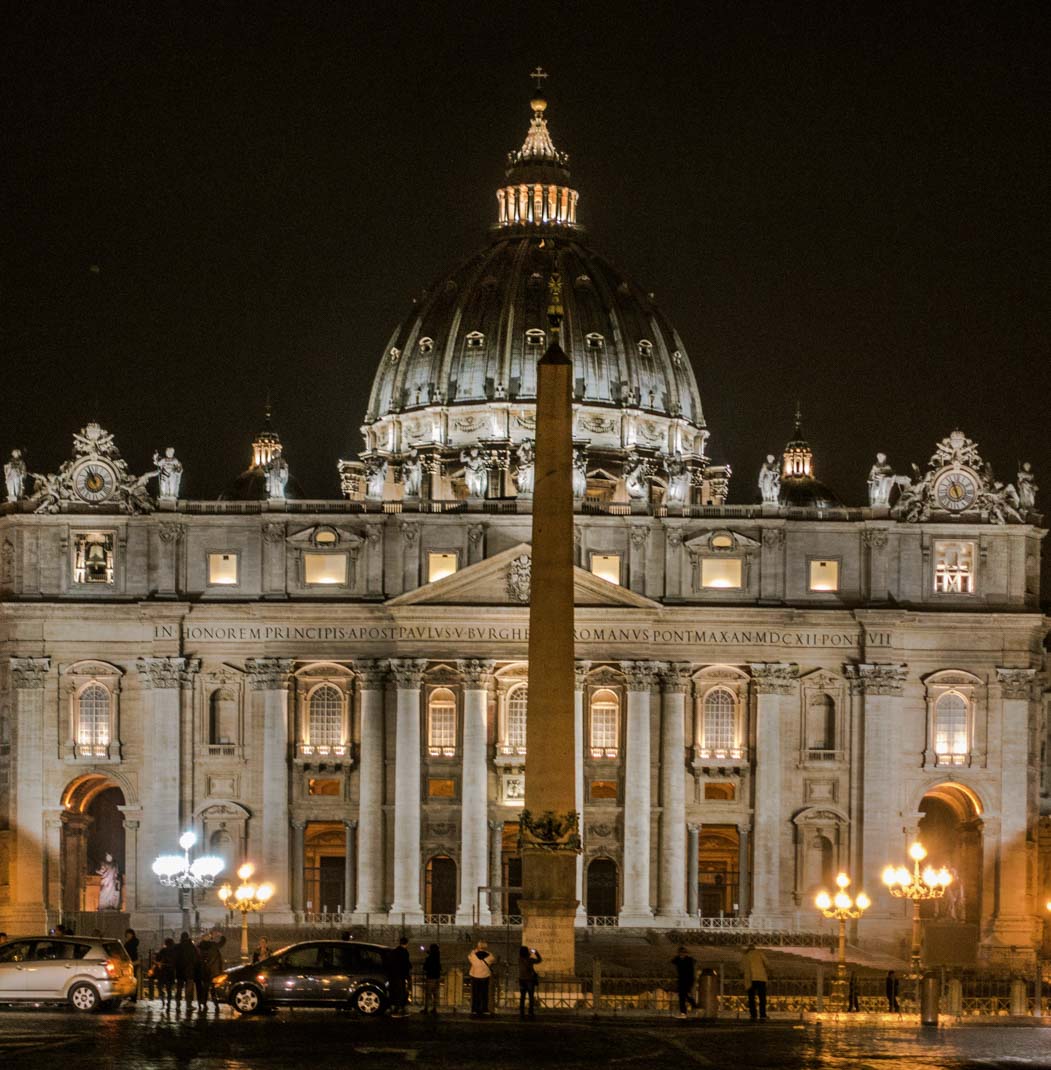Domenico Fontana (1543–1607) – an exceptional architect of an entrepreneurial pope

Fontana came to Rome to visit his brother as a twenty-year old youth wanting to better understand the secrets of both antique and contemporary architecture. He quickly gained the recognition of cardinal Montalto, for whom he completed the design and built a family chapel (Cappella del Presepio) in the Basilica of Santa Maria Maggiore. When the cardinal became Pope Sixtus V, Fontana became his chief architect and a favorite, whom the pope ennobled and raised to the status of the principal constructor of St. Peter’s Basilica (San Pietro in Vaticano). It was he who supervised the works of its expansion and he finally completed the dome of the church in accordance with the design of Michelangelo (Michelangelo Buonarroti), together with Giacomo della Porta and 800 workers, who for nearly two years, day and night worked on this undertaking. Another difficult task with which Fontana was faced was the transportation of a huge Egyptian obelisk to a central location in front of the Vatican Basilica. He was the victor of the competition in which 500 architects and engineers took part, proposing the best solution of this extremely complicated engineering problem.
Accusations regarding the embezzlement of public funds which befell him during the pontificate of the next pope, Clement VII, caused Fontana to quit the city in 1592, while his nephew Carlo Maderno became his successor and took over all his functions. Fontana settled in Naples, where he continued to work with great success and where he ultimately died. From the will which he drew up prior to his death it turned out that he was a rather wealthy person and an owner of numerous properties in Naples, which he bequeathed to his three daughters and four sons. One of them, Giulio Cesare, continued his father’s architectural work in Naples. As was fit for a good Christian, Domenico did not forget about the needy in his last will – he transferred an appropriate sum to eight girls from his family town of Melide, in order to secure their dowry and in this way help in their marriage.

The most important works and structures of Domenico Fontana in Rome:
Może zainteresuje Cię również
Fontana delle Tartarughe - meaning more haste less speed
Zgodnie z art. 13 ust. 1 i ust. 2 rozporządzenia Parlamentu Europejskiego i Rady (UE) 2016/679 z 27 kwietnia 2016 r. w sprawie ochrony osób fizycznych w związku z przetwarzaniem danych osobowych i w sprawie swobodnego przepływu takich danych oraz uchylenia dyrektywy 95/46/WE (RODO), informujemy, że Administratorem Pani/Pana danych osobowych jest firma: Econ-sk GmbH, Billbrookdeich 103, 22113 Hamburg, Niemcy
Przetwarzanie Pani/Pana danych osobowych będzie się odbywać na podstawie art. 6 RODO i w celu marketingowym Administrator powołuje się na prawnie uzasadniony interes, którym jest zbieranie danych statystycznych i analizowanie ruchu na stronie internetowej. Podanie danych osobowych na stronie internetowej http://roma-nonpertutti.com/ jest dobrowolne.